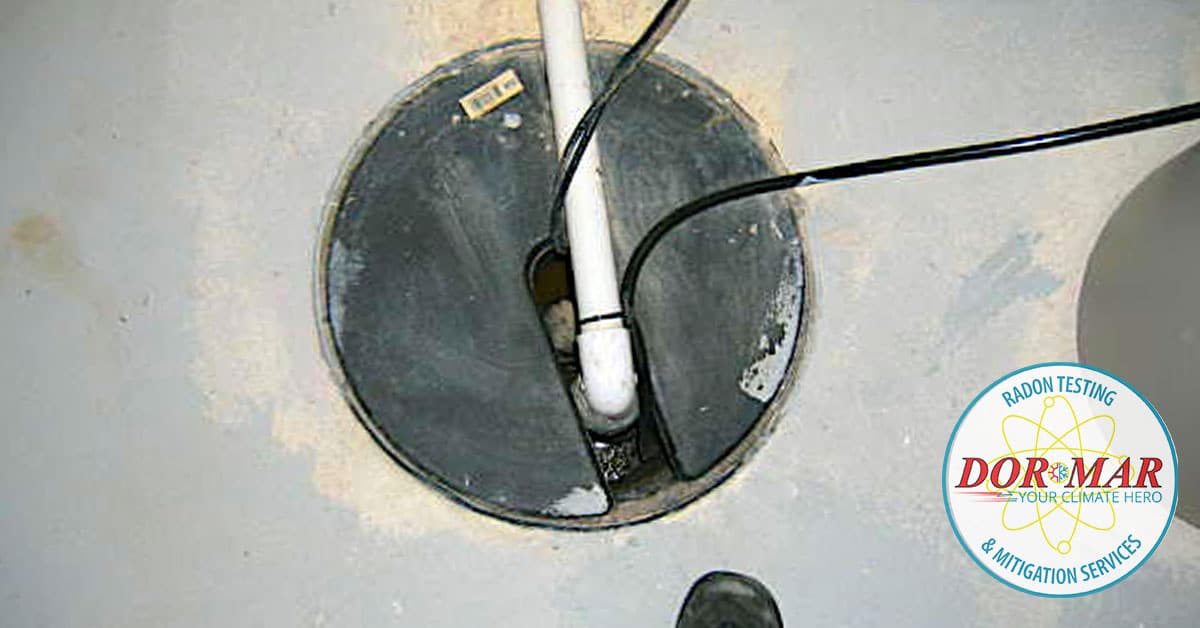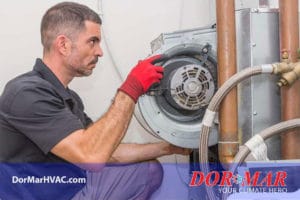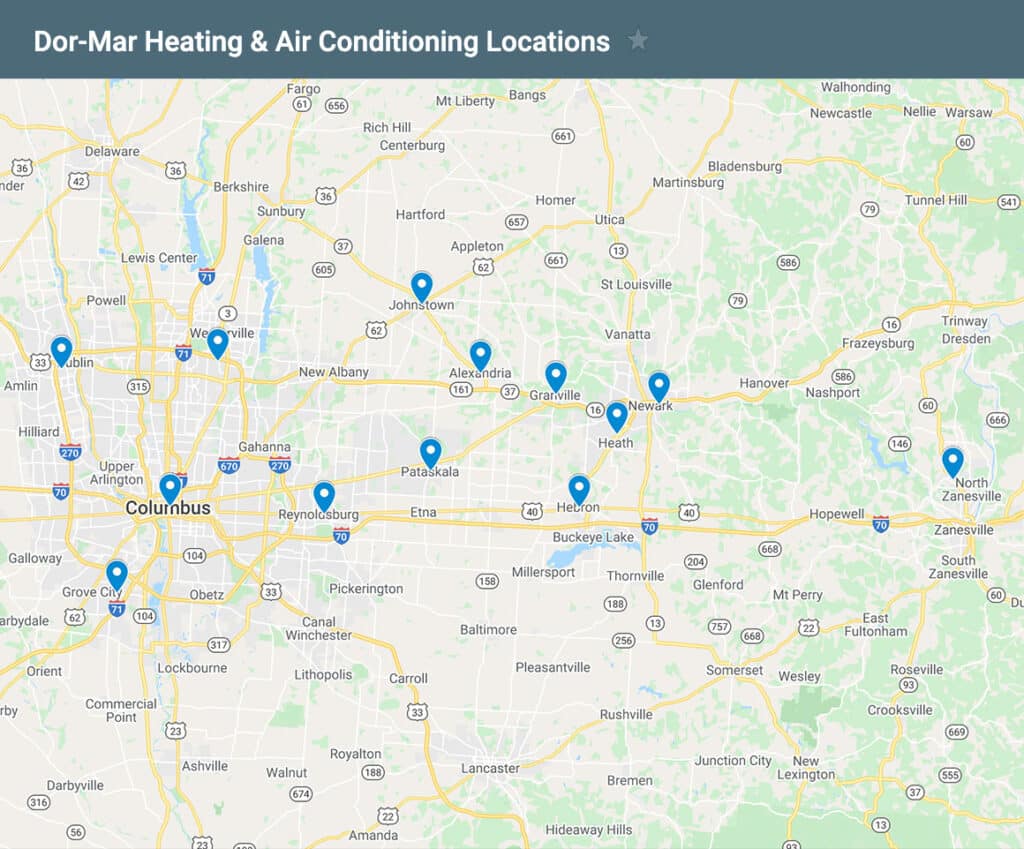Radon gas is a silent threat—odorless, tasteless, and invisible—yet it can pose serious health risks when it accumulates in your home. If you’ve tested your home for radon and found elevated levels, you might be wondering how to reduce them quickly while you wait for a professional mitigation system to be installed.
The good news? There are some immediate actions you can take to lower radon levels fast. While these aren’t permanent solutions, they can help reduce your exposure in the short term. Let’s go over the best quick fixes to lower radon levels in your home today.
1. Increase Ventilation
Radon builds up in enclosed spaces with little airflow, so the first step is to bring in fresh air and improve circulation.What You Can Do:
- Open windows and doors, especially in the basement or lowest level of your home.
- Use fans to create cross-ventilation, pulling fresh air in and pushing radon-contaminated air out.
- If you have an HVAC system, set it to pull in outdoor air (if possible) rather than recirculating indoor air.
Why It Works:
Ventilation helps dilute radon gas and push it out of your home, reducing the concentration indoors.2. Seal Cracks and Gaps
Since radon enters through cracks and openings in your home’s foundation, sealing these entry points can help reduce the amount of gas seeping in.What You Can Do:
- Use caulk or expanding foam to seal cracks in basement floors and walls.
- Check for gaps around pipes, sump pumps, and foundation walls—seal these as well.
- Weatherstrip doors and windows to limit radon entry.
Why It Works:
Sealing reduces the pathways radon uses to enter your home, limiting the amount that can accumulate.3. Run Your HVAC System or Air Purifier
Your home’s heating and cooling system can help reduce radon levels by improving air circulation and filtering particles from the air.What You Can Do:
- Keep your HVAC fan running continuously to move air throughout the house.
- Use an air purifier with an activated carbon filter, which can help trap radon decay products.
- Consider installing an Energy Recovery Ventilator (ERV) or Heat Recovery Ventilator (HRV) to improve indoor air exchange.
Why It Works:
Better air circulation helps prevent radon from concentrating in one area, and activated carbon filters can help remove radon decay byproducts that contribute to lung cancer risk.4. Use a Sump Pump Cover
If your home has a sump pump, this could be a major entry point for radon gas. Covering it properly can help prevent radon from seeping into your home.What You Can Do:
- Install an airtight sump pump cover.
- Use caulk or foam sealant to close any gaps around the cover.
Why It Works:
A properly sealed sump pump prevents radon gas from escaping into your home through the foundation.5. Increase Basement or Crawl Space Ventilation
Radon levels tend to be highest in basements and crawl spaces, so increasing airflow in these areas can help reduce concentrations.What You Can Do:
- If you have a crawl space, open vents to allow air to flow freely.
- Consider installing a small fan to exhaust air outside.
- Keep dehumidifiers running to reduce moisture, which can trap radon gas.
Why It Works:
Improved airflow helps move radon gas out of enclosed spaces before it can build up to dangerous levels.6. Temporary Radon Fan or DIY Depressurization
If radon levels are dangerously high (above 4 pCi/L), a quick temporary fix is to create negative pressure under your home’s foundation using a simple fan system.What You Can Do:
- Place a fan over an open sump pit or a small hole in the basement floor to draw radon out.
- Vent the fan’s exhaust outside, at least 10 feet away from windows or doors.
Why It Works:
This method mimics a professional mitigation system by reducing radon pressure under the home, helping to draw it away before it enters your living space.Final Thoughts: When to Call a Professional
While these quick fixes can help lower radon levels temporarily, they are NOT a substitute for professional mitigation. If your home has consistently high radon levels, the best long-term solution is to install a radon mitigation system designed by professionals. If your radon test results are above 4.0 pCi/L, the EPA recommends taking action immediately to protect your health. Contact a licensed radon mitigation specialist to assess your home and install a permanent system. In the meantime, using these quick fixes can help reduce your exposure while you wait. Stay proactive, stay safe, and breathe easy!Don’t Wait – Get Your Home Tested for Radon
If you are not sure if your home has issues with radon gas, it’s best to get it tested. And it’s easy as a quick phone call Dor-Mar Radon Testing & Mitigation at (740) 675-1103 to arrange for a radon test. Or you can use the convenient form on our Radon Testing page.















